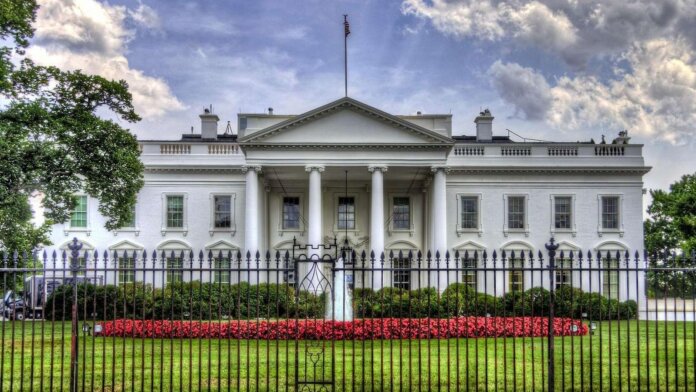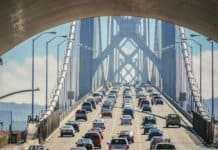The U.S. Departments of Energy, Transportation, Housing and Urban Development, and the Environmental Protection Agency have released the U.S. National Blueprint for Transportation Decarbonization: a comprehensive strategy for cutting emissions from the transportation sector by 2050.
The transportation sector accounts for a third of all domestic greenhouse gas emissions, and transportation costs are the second largest annual household expense in the U.S. The Biden administration contends that the transition to a decarbonized transportation system can help address these issues through the further development and deployment of technologies such as electric vehicles, hydrogen and other sustainable fuels, while also building out the supporting infrastructure for clean transportation.
The blueprint is the first deliverable of the historic memorandum of understanding (MOU) signed by the agencies in September 2022. The blueprint will be followed by more detailed decarbonization action plans, to be developed and implemented by these agencies in cooperation with governments at the state, local and Tribal level, philanthropic organizations, the private sector and global partners.
“The domestic transportation sector presents an enormous opportunity to drastically reduce emissions that accelerate climate change and reduce harmful pollution,” says U.S. Secretary of Energy Jennifer M. Granholm. “DOE is prepared to implement this blueprint alongside our partners within the Biden-Harris administration to ensure all Americans feel the benefits of the clean transportation transition: good-paying manufacturing jobs, better air quality and lower transportation costs.”
With on-road transportation representing the vast majority of transportation-sector emissions -70% – this segment is receiving great attention from the Biden administration.
Among the blueprint’s goals for light-duty vehicles:
- 50% of new vehicle sales will be zero-emission by 2030, and internal combustion engine vehicles will be as efficient as possible
- 500,000 EV chargers will be deployed nationwide by 2030
- 100% of the federal fleet procurement will be zero-emission by 2027. (The fleet numbers more than 600,000 vehicles.)
“The rate of EV adoption and speed of vehicle replacement will affect the degree to which LDVs use liquid fuels in the decades to come,” the blueprint reads. “Thus, sustainable fuels provide an additional opportunity to reduce the emissions of legacy internal combustion engine vehicles still on the road in 2050 and beyond.”
For medium- and heavy-duty trucks and buses:
- 30% of new vehicle sales will be zero-emission by 2030 and 100% by 2040
- 100% of the federal fleet procurement will be zero-emission by 2035
“There will likely be a suite of zero-emission technology solutions in the future to cover various use cases,” the blueprint says. “Smaller vehicles with lower utilization will likely be EVs.
“Other manufacturers are investing in hydrogen powertrains using fuel cells,” it continues. “Hydrogen vehicles are appealing for future long-haul operations requiring greater vehicle range and faster refueling times.”
For all on-road sectors, the blueprint calls for inter-agency coordination and cooperation in terms of vehicle technology R&D and refueling infrastructure buildout. Grant and incentive programs will help support efforts in all areas.
Read the full Blueprint for Transportation Decarbonization here.







